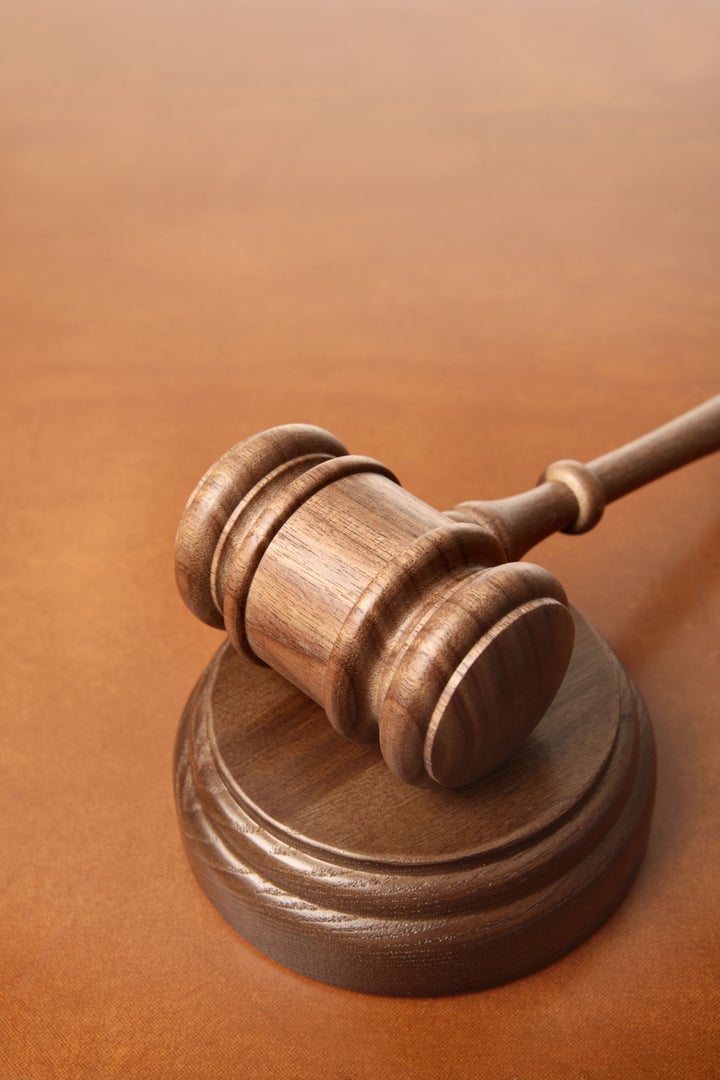
The concept of freedom of speech is a great uniting idea in the United States. Although many are quick to find an exception when it's their own ox being gored (what the celebrated civil libertarian Nat Hentoff called, in his famous book, Free Speech for Me--But Not for Thee), individual rights are so important to almost all of us that you'll be hard pressed to find a significant constituency for repealing the Bill of Rights.
But how often do you see such diverse organizations as these, all on literally the same page? The Foundation for Individual Rights in Education (FIRE), where I work, brought 10 additional groups into a coalition to sign an open letter we sent on January 6 to the Department of Education's Office for Civil Rights (OCR), asking OCR to defend free speech on campus by ending the lingering confusion surrounding the definition of student-on-student harassment. FIRE's coalition includes:
Accuracy in Academia
Alliance Defense Fund Center for Academic Freedom
American Booksellers Foundation for Free Expression
American Council of Trustees and Alumni
Feminists for Free Expression
The Heartland Institute
National Association of Scholars
National Coalition Against Censorship
The Tully Center for Free Speech at Syracuse University
Woodhull Sexual Freedom Alliance.
What we all agree on, as our letter states, is that the clear standard for student-on-student discriminatory harassment announced by the U.S. Supreme Court in Davis v. Monroe County Board of Education (1999) "simultaneously prohibits harassment and protects speech." And we also agree that, despite this clear standard, college administrators still struggle to define such harassment:
Define harassment too broadly, and an institution might be on the losing end of a First Amendment lawsuit, the latest in a long line of courtroom defeats dating back more than twenty years. Define harassment too narrowly, and a student might sue for ignoring Title IX violations.
In the right context, any conduct that's bad enough and directed at the victim in a discriminatory way might rise to the level of discriminatory harassment. But how bad does it have to be? Unlike the vague, overbroad, and often downright humorous examples we often find in campus speech policies, the Supreme Court has made the definition easy for us, as FIRE President Greg Lukianoff explains in a Washington Post op-ed.
In Davis v. Monroe County Board of Education (1999), the Supreme Court confronted the question of when a school could be held liable in a lawsuit for damages filed by a student victim of harassment. The Court held that a grade school properly faced liability after it demonstrated "deliberate indifference" to serious, ongoing student-on-student harassment. In reaching this conclusion, the Court formulated a definition of student-on-student harassment and determined that to avoid liability, schools must respond to conduct "that is so severe, pervasive, and objectively offensive, and that so undermines and detracts from the victims' educational experience, that the victim-students are effectively denied equal access to an institution's resources and opportunities."
That's pretty clear. Yet, colleges are all over the map when they try to come up with their own definitions and examples of sexual harassment--our research has found hundreds of distinct formulations and examples, a large number of which are unconstitutional. FIRE's 2012 survey of policies at about 400 colleges and universities, which we are releasing next week, will show that two-thirds of these schools maintain policies that clearly and substantially restrict protected speech, and indeed, many of these restrictions are broad or vague harassment policies.
Some of the examples might make you laugh. Davidson College bans "comments or inquiries about dating" as well as "whistling, hooting, growling, lip smacking, kissing noises."
Growling?
Davidson also bans "offensive ... innuendos." Many schools specify "sexual innuendos." SUNY-Albany further specifies "inappropriate sexual innuendos." Who's to decide? What's the context? A significant amount of the world's great literature would be off limits if colleges consistently followed their existing policies apart from the carefully constructed Davis standard. You'd better not chuckle at the wrong jokes when reading Shakespeare in class at Davidson College.
Meanwhile, Alabama State bans "code words," and Cheyney University of Pennsylvania generally bans offensive "spoken words" in relation to gender. That sweeps out an awful lot of regular classroom expression from, say, a gender studies class.
So, universities should stop maintaining such overreaching harassment policies, which benefit no one. Students risk punishment for protected speech and watch what they say, while institutions risk losing lawsuits. In contrast, Davis requires the harassment not only to seem offensive, but to be objectively so. Universities are best suited to avoid liability and maximally protect everyone's rights by using the Davis standard, so they should. And as our coalition notes in our letter, we ask that OCR also "recognize Davis as the controlling standard for student-on-student harassment in the educational context ... no more and no less." Any school that precisely applies the Davis standard should be fully compliant with federal anti-discrimination laws.
That means none of those crazy examples will make the cut--unless you want to precisely ban "growling that is so severe, pervasive, and objectively offensive, etc.," "innuendos that are so severe, pervasive, etc.," and so on.
As Lukianoff writes,
By simply following the Supreme Court's guidance, the OCR would assure that serious harassment is punished on campus while free speech is robustly protected. In one move, OCR could rid campuses of a substantial portion of all speech codes, while protecting institutions from losing still more First Amendment lawsuits.
Then we all could get back to our other disagreements in the marketplace of ideas.